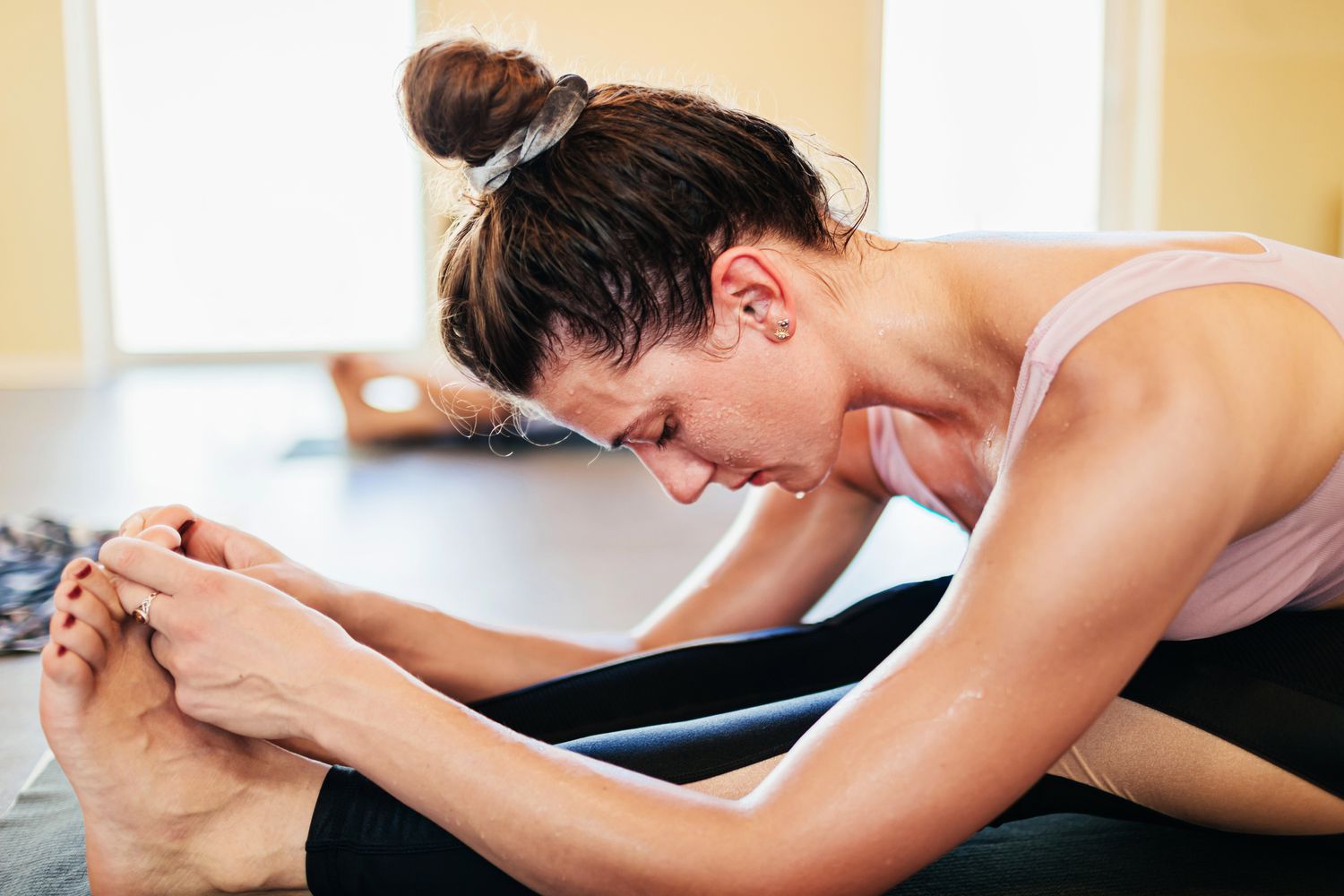In today’s fast-paced world, stress has become an inevitable part of daily life for many people. Whether it’s work-related pressure, personal issues, or the constant demands of modern living, stress can take a toll on both our physical and mental well-being.
However, one highly effective technique for managing stress is progressive muscle relaxation (PMR). This simple yet powerful relaxation technique can help to reduce muscle tension, promote relaxation, and relieve the physical symptoms of stress.
What is Progressive Muscle Relaxation?
Progressive muscle relaxation is a relaxation technique that involves tensing and then relaxing specific muscle groups in the body, one at a time.
By systematically tensing and relaxing different muscle groups, progressive muscle relaxation helps to release physical tension and promote a state of deep relaxation.
How Progressive Muscle Relaxation Relieves Stress
Progressive muscle relaxation has been shown to have a range of positive effects on our mental and physical health, including:
- Reduced muscle tension: Progressive muscle relaxation helps to release tension in the muscles, reducing the physical symptoms of stress such as headaches, neck and shoulder pain, and tightness in the chest or stomach.
- Lowered heart rate and blood pressure: Progressive muscle relaxation triggers the body’s relaxation response, leading to lower heart rate and blood pressure. This can help to reduce feelings of stress and anxiety and promote a greater sense of calm and well-being.
- Improved sleep: Progressive muscle relaxation can help to quiet the mind and promote relaxation, making it easier to fall asleep and stay asleep. This can lead to better sleep quality and improved overall health and well-being.
- Increased mindfulness: Progressive muscle relaxation requires us to be fully present and focused on the sensations in our body. This can help to quiet the mind and promote a greater sense of mindfulness and awareness, helping us to stay grounded and present in the moment.
How to Practice Progressive Muscle Relaxation
To practice progressive muscle relaxation, follow these simple steps:
- Find a quiet, comfortable place to sit or lie down.
- Close your eyes and take a few deep breaths to relax your body and mind.
- Starting with your feet, tense the muscles in one of your feet as tightly as you can, and hold for a few seconds.
- Slowly release the tension in your foot, allowing the muscles to relax completely.
- Repeat the process with each muscle group in your body, working your way up from your feet to your head.
- As you tense and relax each muscle group, focus on the sensations of tension and relaxation in your body.
- Continue the process for 10-15 minutes, or until you feel completely relaxed and at ease.
Conclusion
Progressive muscle relaxation is a simple yet powerful technique for managing stress and promoting relaxation.
By systematically tensing and relaxing different muscle groups in the body, progressive muscle relaxation helps to release physical tension, reduce stress, and promote a state of deep relaxation and well-being.
By incorporating progressive muscle relaxation into your daily routine, you can enjoy the many benefits of this powerful relaxation technique and lead a happier, healthier, and more balanced life.

Leave feedback about this